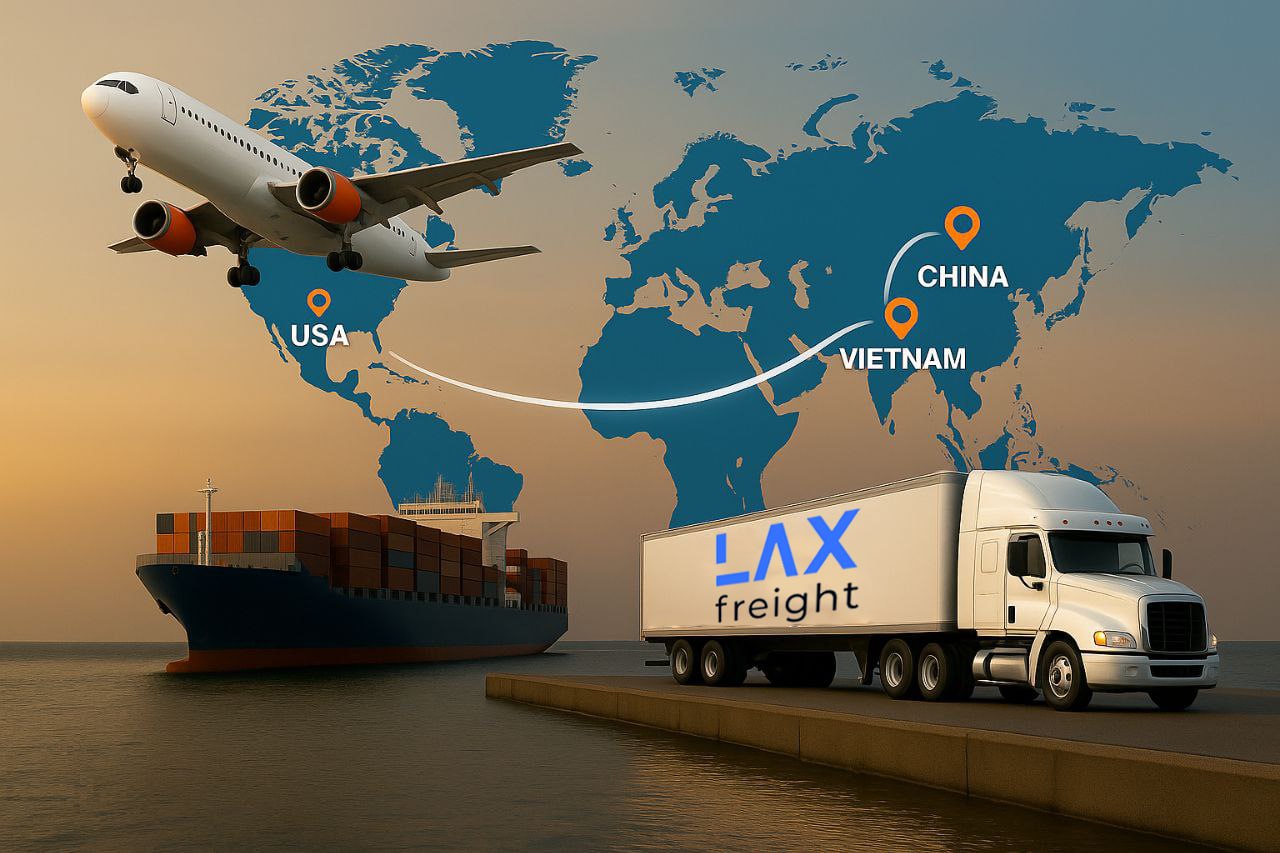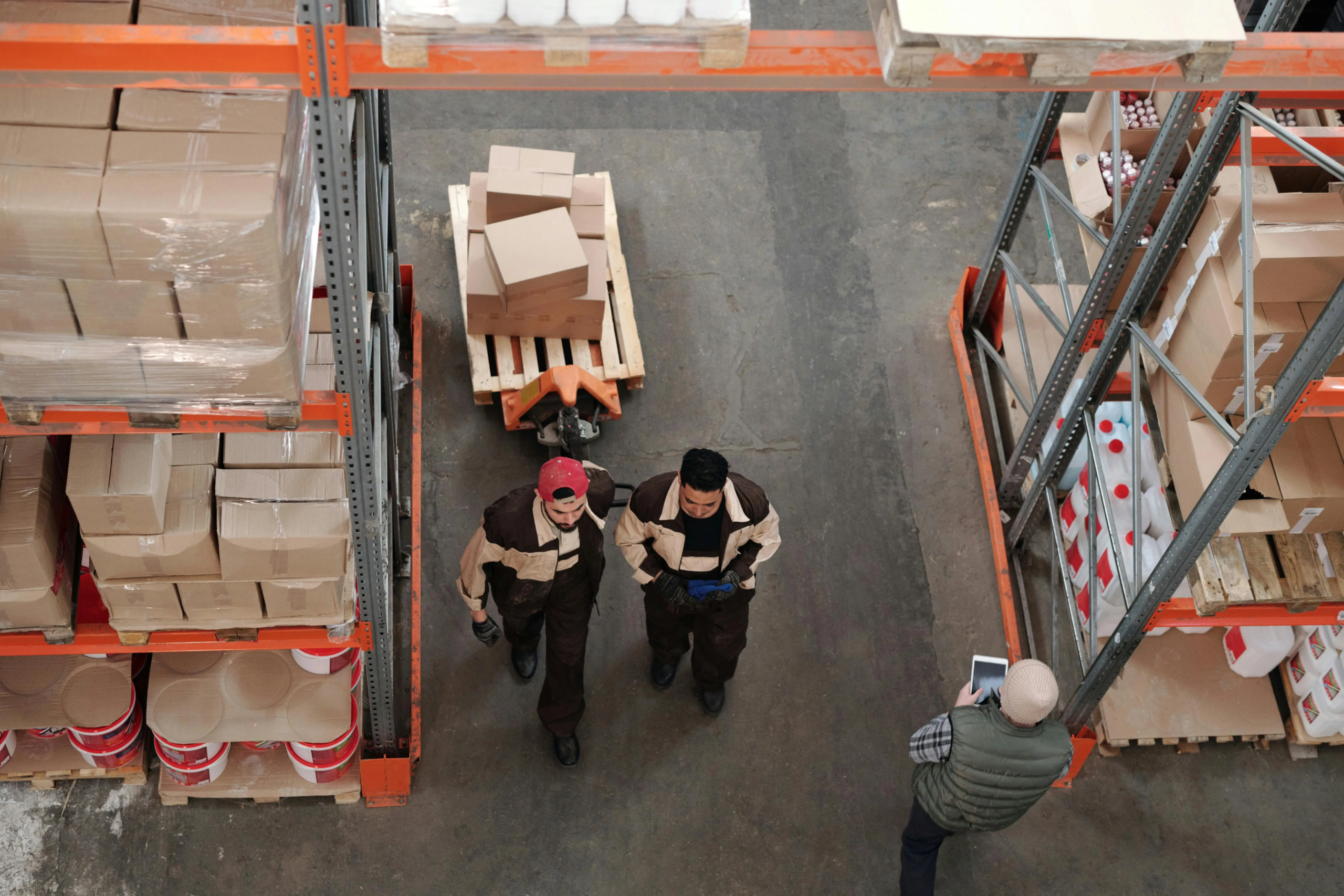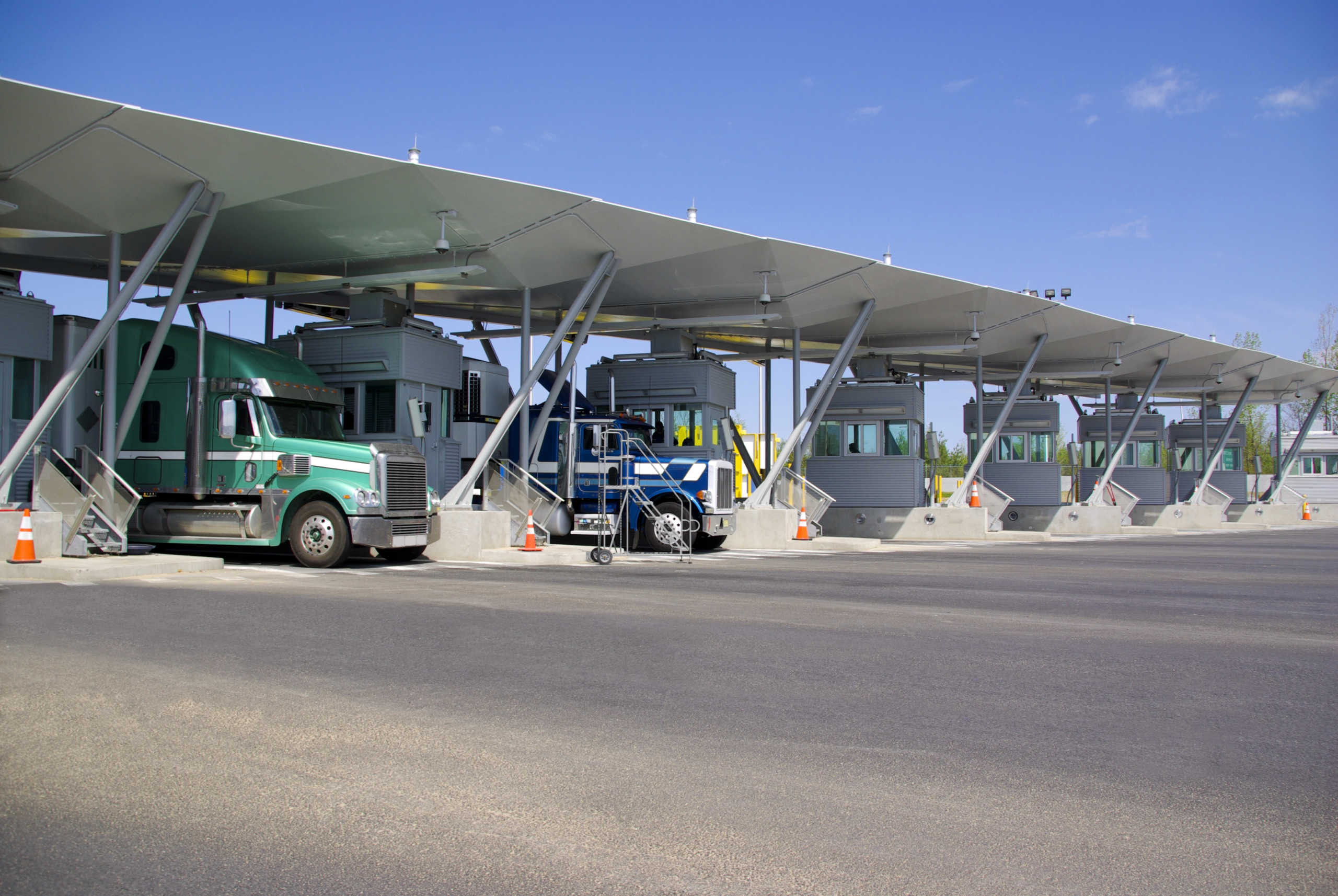The freight forwarding process is a significant aspect of the logistics sector. It’s aimed at ensuring safe and efficient goods delivery in accordance with the schedule.
Freight forwarders may often use the shipping process, using their expertise in the industry and international trade regulations. Their duties include a range of services, such as cargo preparation for delivery, checking for damages, and issuing internal bills of lading.
Our material about bills of lading will help you better understand the importance of the document for the shipping process. The article presents the main freight forwarding stages with an overview of each step to help you better understand the procedures.
Key Stage in the Freight Forwarding Process
The freight forwarding procedures include several stages that contribute to safe cargo transportation from the place of origin to the final destination. Each step ensures integrity and compliance with trade regulations.
Export Haulage Process
The expert haulage procedures are the first stage of freight forwarding. It foresees cargo transportation from the shipper to the freight forwarder’s warehouse, where the goods will be prepared for the next steps. This phase also requires proper handling and transportation to prevent any potential damage.
Freight forwarders may contract local carriers for pickup and delivery. Accurate documentation and cargo tracking are necessary to ensure transparency and accountability.
Goods Inspection
The next stage is goods inspection. The freight forwarder checks cargo to ensure regulatory compliance and identify any damages that may have occurred during the export haulage. It usually involves checking the quantity, quality, and condition of the goods. Freight forwarders may use special technologies, such as scanners or sensors, for detailed inspections.
This stage also involves verifying the packaging and labeling of the cargo. Thus, proper documentation of the inspection results is obligatory for references and smooth customs clearance for international deliveries.
Export Customs Clearance
This process involves preparing and submitting the necessary documentation to the customs authorities. The freight forwarder must provide all necessary papers. The required documentation may vary. It usually includes commercial invoices, packing lists, certificates of origin, and export licenses. Cooperation with custom brokers may help navigate the requirements and make the clearance process smoother.
Export customs clearance also includes paying fees to ensure compliance with legislation. An efficient process prevents delays and ensures adherence to international trade standards.
Origin Cargo Handling
It refers to the managing and handling the cargo at the point of origin. This aspect foresees loading the goods, securing the cargo, and ensuring proper labeling and documentation. Proper cargo handling prevents damage during transit and ensures tracking during the road. Securing with strapping and palletizing helps keep the cargo stable. In addition, freight forwarders may use real-time tracking software to monitor the cargo movement and keep their clients updated.
Import Customs Clearance
Import customs clearance is a significant aspect of the process of freight forwarding. It refers to the required documentation submission to the destinations country’s customs authorities. The freight forwarder must provide all required documents.
The required paperwork usually includes import licenses, certificates of compliance, and health or safety certifications. Coordination with customs brokers and authorities may help ensure a smooth and efficient process. It’s crucial to avoid extra charges and delays.
Destination Cargo Handling
This process refers to handling the goods at the destination point. It includes unloading the cargo, inspecting it for damages, and ensuring documentation and labeling. Efficient destination cargo handling ensures the goods are received in the required condition and are ready for the final stage.
Upon cargo arrival, freight forwarders coordinate with local carriers and warehouses to ensure efficient unloading. They inspect for any damages, record the condition of the cargo, and facilitate any necessary claims or returns. This stage also includes updating the shipment status and notifying the consignee of the arrival.
Import Haulage Process
It’s the final stage of the freight forwarding process. Import haulage involves transporting the shipment to its final destination and ensuring timely delivery. Careful planning and coordination are vital to meet delivery schedules and customer requirements.
For the final stage of the delivery, the freight forwarder may coordinate with local carriers to ensure meeting the deadlines. Real-time tracking instruments may be used to monitor the movement of goods.
Quick Delivery Options
Quick delivery methods are an important part of freight forwarding procedures. They may include express shipping, air freight, and de tai customized transportation solutions. Options of quick delivery are vital for time-sensitive or perishable cargo, such as hazardous materials, food, or pharmaceuticals.
Freight forwarders use their networks and experience to offer priority handling and faster delivery times. These services may involve additional costs, but they still provide significant benefits in terms of speed and reliability.
Conclusion
Following the outlined freight forwarding procedures, you can ensure an efficient and safe delivery process. Each stage is crucial to the success of freight forwarding.
With the right specialist and proper planning, you can be sure of the seamless and timely transportation of your goods. LAX Freight aims to ensure your success and competitiveness in the market.
Ready to streamline your freight forwarding process? Contact us to learn more about how we can help!



